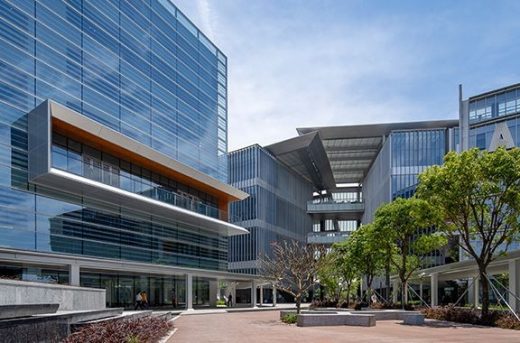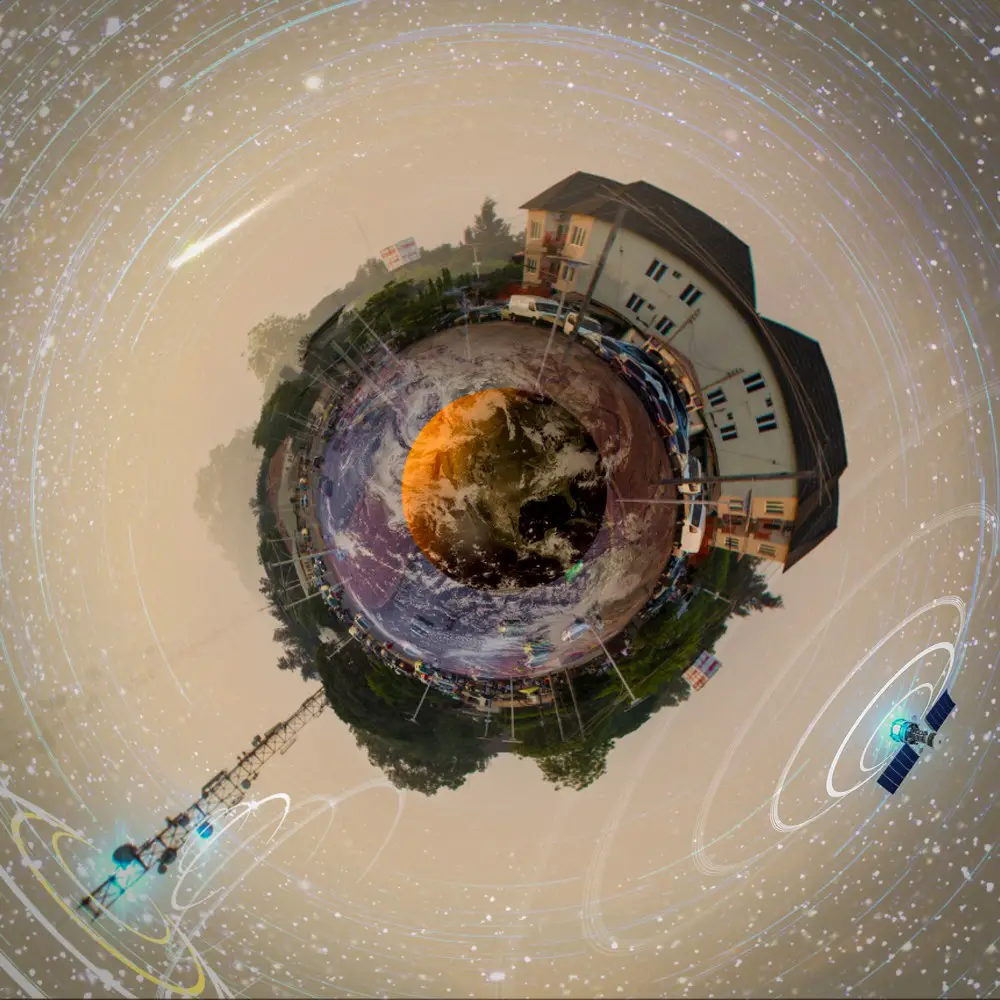Why 5G will be the foundation of smart cities, Building Design Tips, Online Advice
5G Will Be The Foundation of Smart Cities
16 Nov 2021
According to the last few years’ worth of studies by the UN, urbanization is the new normal. The organization reported in 2018 that over 4 billion people lived in urban areas worldwide; they predicted that number would rise to nearly 7 billion – or over two thirds of the global population – by 2050.
With more people now living in urban areas than rural areas, it makes sense that technological innovations are focusing increasingly on how to make cities safer, healthier, and more efficient. These are the hallmarks of “smart cities”: cities that use technology to improve the lives of citizens via better communication between residents and city officials.
One innovation that will prove crucial to the development of smart cities is the 5G network. Keep reading to learn more about the need for smart cities, how smart cities will work, and how 5G is central to enabling their development.
How smart cities work
As mentioned above, smart cities are premised on the idea that the vast number of resources and operations that keep cities running can only be cost-effective and efficient if they are automated and connected. So, developing a smart city means connecting everything from streets and buildings to public and personal devices.
How is this interconnection facilitated? Typically, through the placement of sensors throughout the city that will collect, transfer, and analyze data. Some of this data is “latency-tolerant,” meaning it does not need to be collected or analyzed quickly to be effective and thus can be communicated across low-bandwidth pipes – commonly called massive machine type communication (MMTC). Examples of such communication applications include smart buildings or systems to monitor air and water quality.
Other types of data, on the other hand, are latency intolerant and must be analyzed and communicated in real-time. This is known as critical machine type communication, or CMTC. CMTC applications include traffic and grid control systems, remote healthcare services, and autonomous vehicles. In these applications, the latency caused by low bandwidth or poor connections can have dire consequences for safety and public health.
This is where 5G comes in. The ultra-low latency and unique computing capabilities of 5G enable the fast, accurate machine communication necessary for smart cities. Learn more below.
How 5G enables smarter cities: low latency and flexible networks
The main advantage of 5G according to IoT experts has always been speed. Though estimates of just how much faster 5G is than 4G vary widely, the consensus is that 5G does enable faster download times and higher responsiveness between remote computers. In fact, 5G speed is typically measured in gigabits rather than megabits, reflecting the exponentially higher amounts of data that can be communicated and processed via 5G networks.
Smart cities depend on fast communication between devices. In order to operate safely, things like autonomous vehicles and traffic grid systems need to be able to transmit data between sensors instantaneously. In other words, connections must have low latency, or reduced delays between the time a piece of data is sent and the time it is received. The faster communication between sensors is, the more efficiently city operations and resources can be managed.
One of the major hallmarks of 5G is ultra-low latency – so, the sooner we adopt 5G networks, the smarter our cities can become. Below, we’ll break down how and why 5G enables faster communication between devices and how this translates to smart city applications.
1. Network densification
One way 5G enables low latency is by densifying networks. Densification means adding more cells to an existing network to increase capacity. With 5G, cells are added to existing structures rather than building new cell towers. This increases overall network availability in a cost-effective way, particularly in densely populated urban areas where new development is often costly and difficult.
2. Edge computing
In the IoT, everything increasingly happens in centralized cloud-based data centers. 5G won’t eliminate the need for cloud computing; instead, it will free up cloud computing capacity by moving certain data processes closer to where the data will actually be used.
With edge computing, data processing is moved to devices on the “edge” of the network – that is, far from the data centers but closer to where the data actually originates and will be used.
It’s easy to see how edge computing would reduce communication delays: the closer data storage is to where the data is actually needed, the shorter the distance it has to travel and thus it can be sent and used more quickly. Meanwhile, storage space in centralized data centers is freed up for computing that must happen there.
3. Network slicing
Like edge computing, network slicing makes networks more efficient by changing the way network “space” is used. Network slicing can be described as a network-as-a-service approach that increases flexibility and responsiveness to user needs. It works by partitioning the core network into several virtual networks, which can then be customized to particular use cases, such as with ultra-low latency and high bandwidth for the broadcasting of video content.
4. Fiber optics
Ideally, 5G will use fiber-based backhaul systems rather than the copper-based circuits used in 2G and 3G networks. Fiber-based connections can transmit signals much farther than copper without losing signal strength. Through the use of fiber optics in conjunction with wireless 5G technology, both metro and access networks as well as mobile devices can operate smoothly and quickly.
Smart cities and the public good
As 5G becomes more widespread, use cases for smart cities will become even clearer. With the right applications, 5G may even help build cities that are more equitable and safer for everyone rather than just a privileged few.
Comments on this 5G Will Be the Foundation of Smart Cities article are welcome.
City
City Architectural Design
Why is the Grid System So Important For City Design
8 Spruce Street in New York City
Building
Residential Architecture Articles
, China
Architects: 10 DESIGN

image courtesy of architects office
Industrial Service Centre in Jinwan Aviation City
Comments / photos for the Why 5G Will Be The Foundation of Smart Cities page welcome






